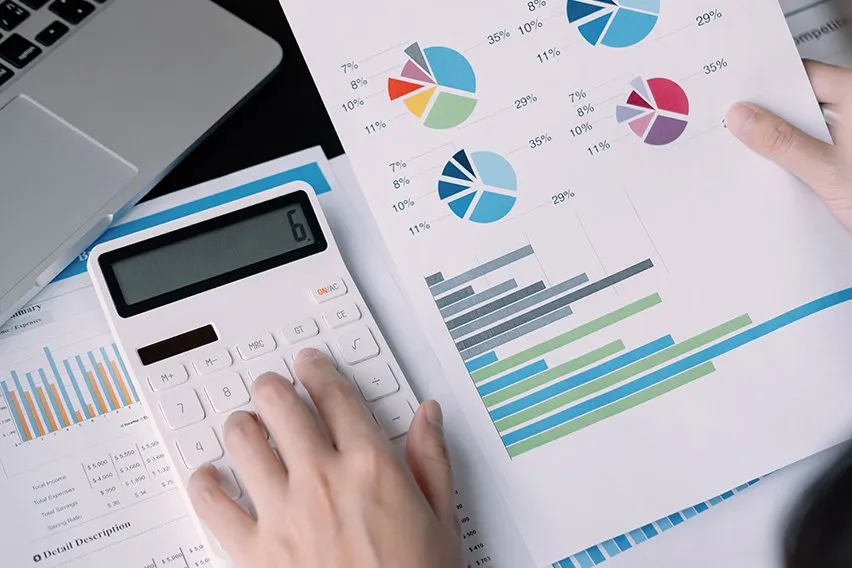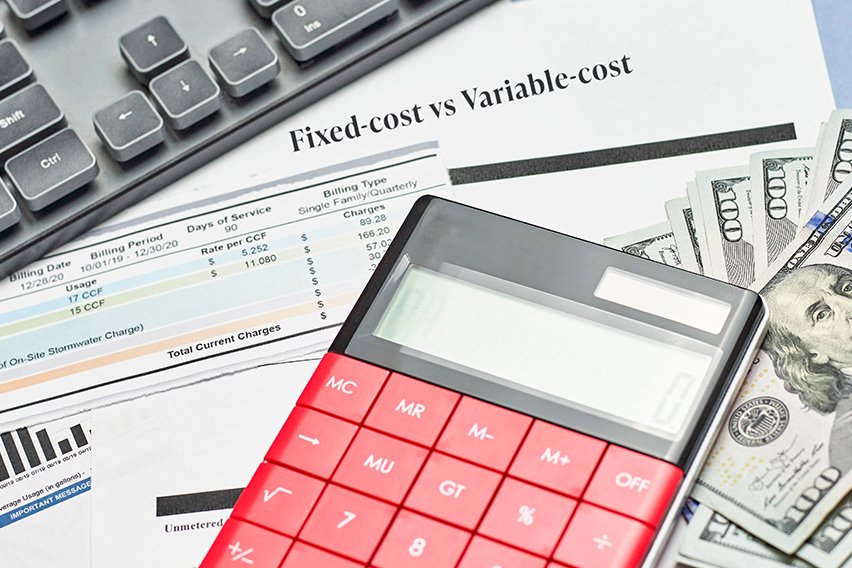Accounting for Loans Receivable: Here’s How It’s Done

Financial institutions account for loan receivables by recording the amounts paid out and owed to them in the asset and debit accounts of their general ledger. This is a double entry system of accounting that makes a creditor’s financial statements more accurate.
Table of Contents
- What Is a Loan Receivable?
- How Do You Record a Loan in Accounting?
- Is a Loan Payment an Expense?
- Is a Loan an Asset?
- What Is the Difference Between Loan Payable and Loan Receivable?

What Is a Loan Receivable?
A loan receivable is the amount of money owed from a debtor to a creditor (typically a bank or credit union). It is recorded as a “loan receivable” in the creditor’s books.
How Do You Record a Loan Receivable in Accounting?
Like most businesses, a bank would use what is called a “Double Entry” system of accounting for all its transactions, including loan receivables. A double entry system requires a much more detailed bookkeeping process, where every entry has an additional corresponding entry to a different account. For every “debit”, a matching “credit” must be recorded, and vice-versa. The two totals for each must balance, otherwise a mistake has been made.
A double entry system provides better accuracy (by detecting errors more quickly) and is more effective in preventing fraud or mismanagement of funds.
Let’s give an example of how accounting for a loans receivable transaction would be recorded.
Let’s say you are a small business owner and you would like a $15000 loan to get your bike company off the ground. You’ve done your due diligence, the bike industry is booming in your area, and you feel the debt incurred will be a small risk. You expect moderate revenues in your first year but your business plan shows steady growth.
You go to your local bank branch, fill out the loan form and answer some questions. The manager does his analysis of your credentials and financials and approves the loan, with a repayment schedule in monthly installments based upon a reasonable interest rate. You are required to pay the full loan back in two years. You walk out of the bank with the money having been deposited directly into your checking account.
The bank, or creditor, has to record this transaction properly so that it can be accounted for later, and for the bank’s books to balance. The manager records the transaction into the bank’s general ledger as follows:
- Debit Account. The $15,000 is debited under the header “Loans”. This means the amount is deducted from the bank’s cash to pay the loan amount out to you.
- Credit Account. The amount is listed here under this liability account, showing that the amount is to be paid back.
You, as head of the bike company, should also record this. Here is how you would process the $15,000:
- Debit Account. You would record this loan payment to the company’s checking account. This increases your cash balance on your balance sheet, and how much you have available to spend. As such, sometimes a ‘debit’ account is referred to as a ‘cash’ account.
- Credit Account. Now you have a liability and it needs to be recorded here. Under “loan”, you would record the $15,000 principal. You also need to include any bank fees associated with it.
Why do two bookkeeping steps need to be included here? Because this money has to be paid back. If you do an entry that only shows $15,000 coming in but doesn’t account for the fact that it must be paid back out eventually, your books will look a lot better than they are. The books also won’t balance.
Is a Loan Payment an Expense?
Partially. Only the interest portion on a loan payment is considered to be an expense. The principal paid is a reduction of a company’s “loans payable”, and will be reported by management as cash outflow on the Statement of Cash Flow. To learn the right way of recording this follow our guide on Loan Repayment Accounting Entry.
Is a Loan an Asset?
A loan is an asset but consider that for reporting purposes, that loan is also going to be listed separately as a liability.
Take that bank loan for the bicycle business. The company borrowed $15,000 and now owes $15,000 (plus a possible bank fee, and interest). Let’s say that $15,000 was used to buy a machine to make the pedals for the bikes. That machine is part of your company’s resources, an asset that the value of such should be noted. In fact, it will still be an asset long after the loan is paid off, but consider that its value will depreciate too as each year goes by. The financial reports each year should reflect that.

What Is the Difference Between Loan Payable and Loan Receivable?
The difference between a loan payable and loan receivable is that one is a liability to a company and one is an asset.
Loans Payable
This is a liability account. A company may owe money to the bank, or even another business at any time during the company’s history. This ‘note’ can also include lines of credit. Those figures should be included here.
Loans Receivable
This is an asset account. If you are the company loaning the money, then the “Loans Receivable” lists the exact amounts of money that is due from your borrowers. This does not include money paid, it is only the amounts that are expected to be paid.
RELATED ARTICLES

 Balance Sheet: Definition, Components, and Example
Balance Sheet: Definition, Components, and Example Fixed vs. Variable Costs: What’s the Difference
Fixed vs. Variable Costs: What’s the Difference Gross Profit Margin: Formula, Calculation and Example
Gross Profit Margin: Formula, Calculation and Example Bank Reconciliation: Definition, Example, and Process
Bank Reconciliation: Definition, Example, and Process What is Solvency vs Liquidity?
What is Solvency vs Liquidity? How to Calculate FIFO and LIFO
How to Calculate FIFO and LIFO